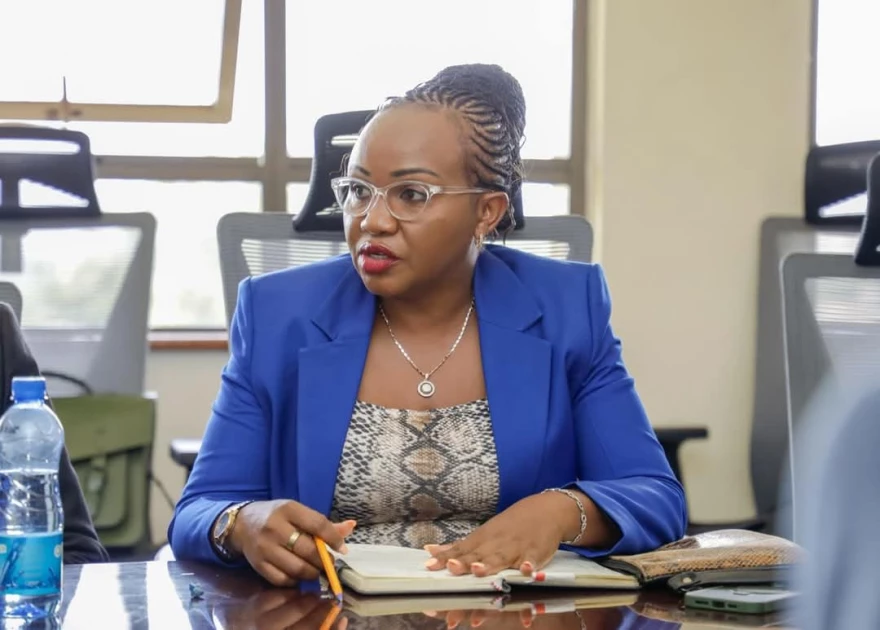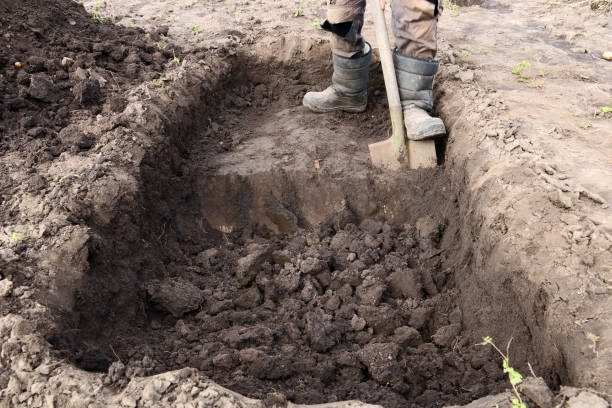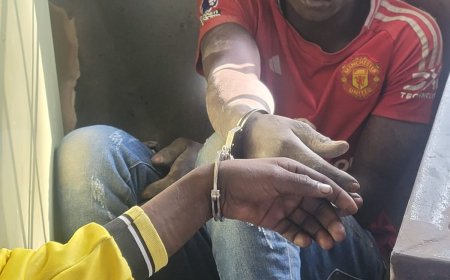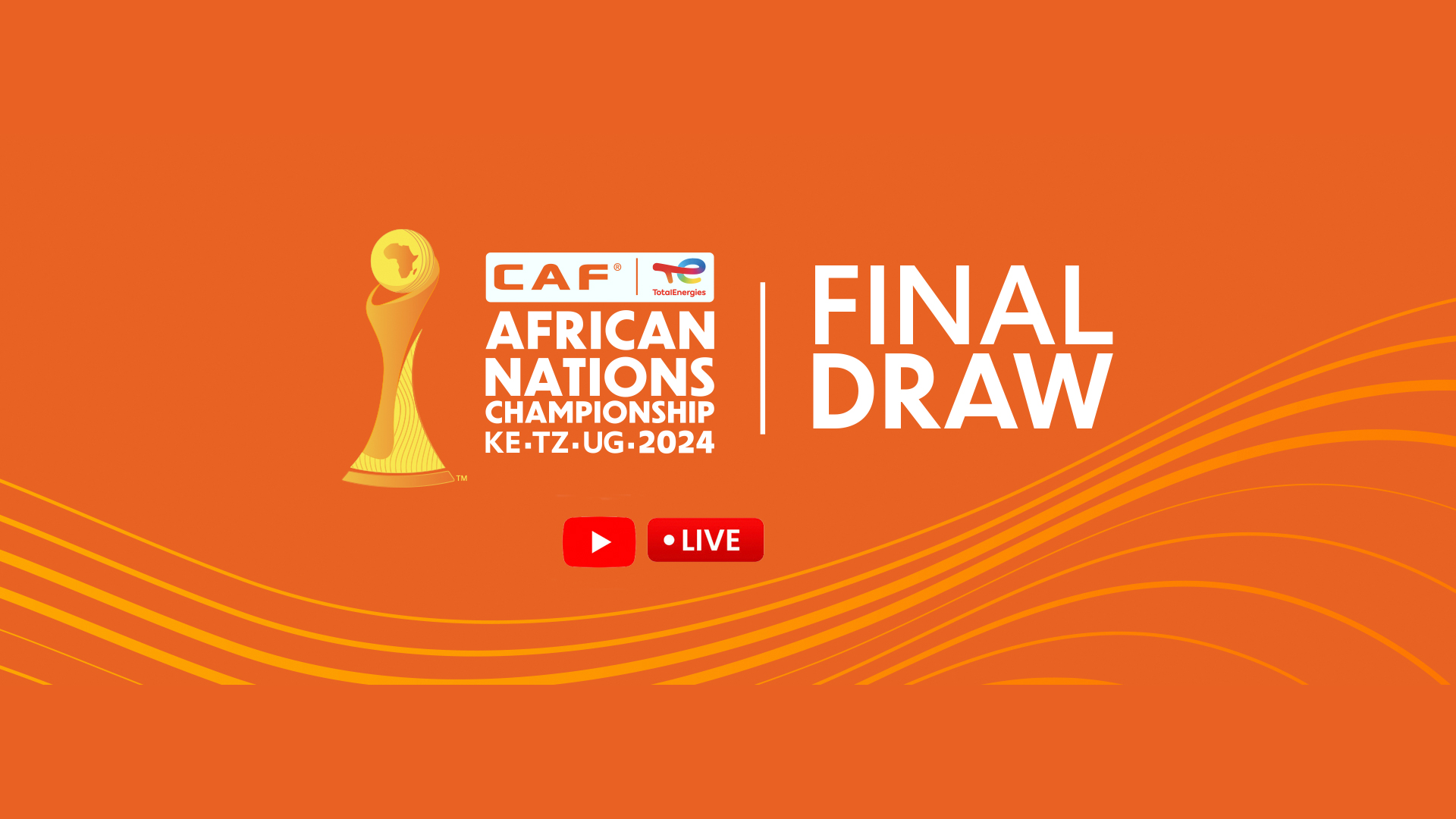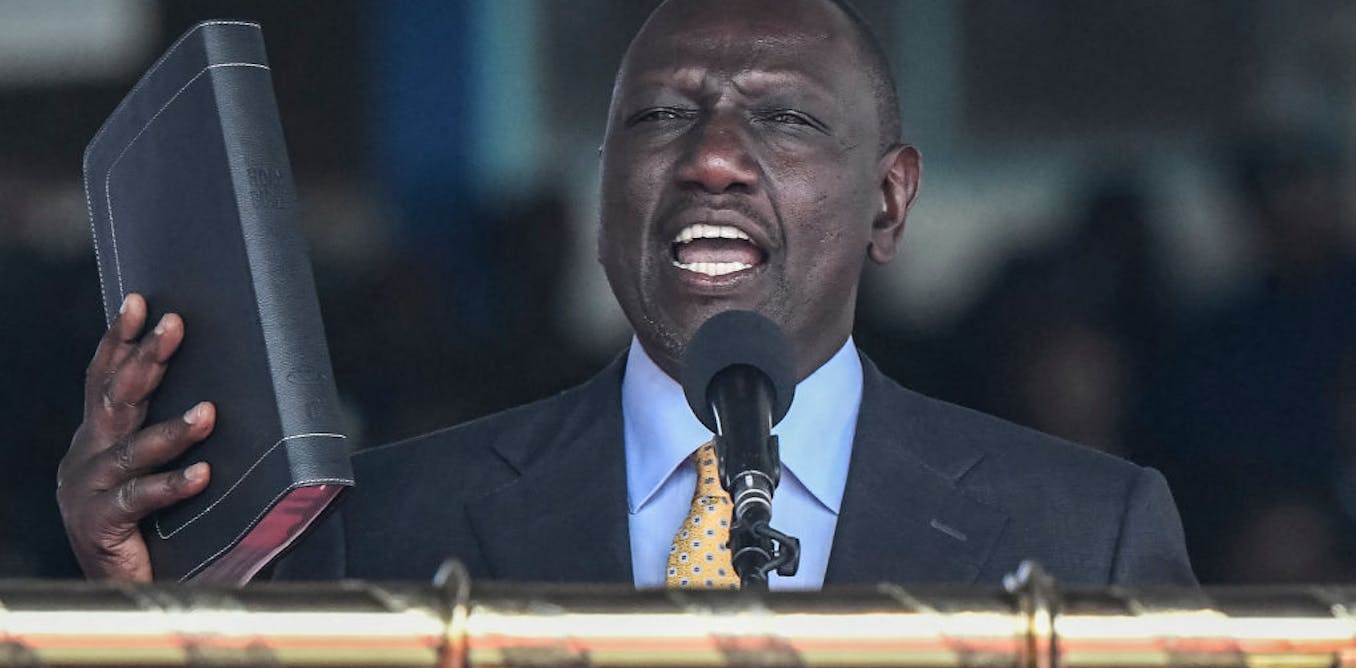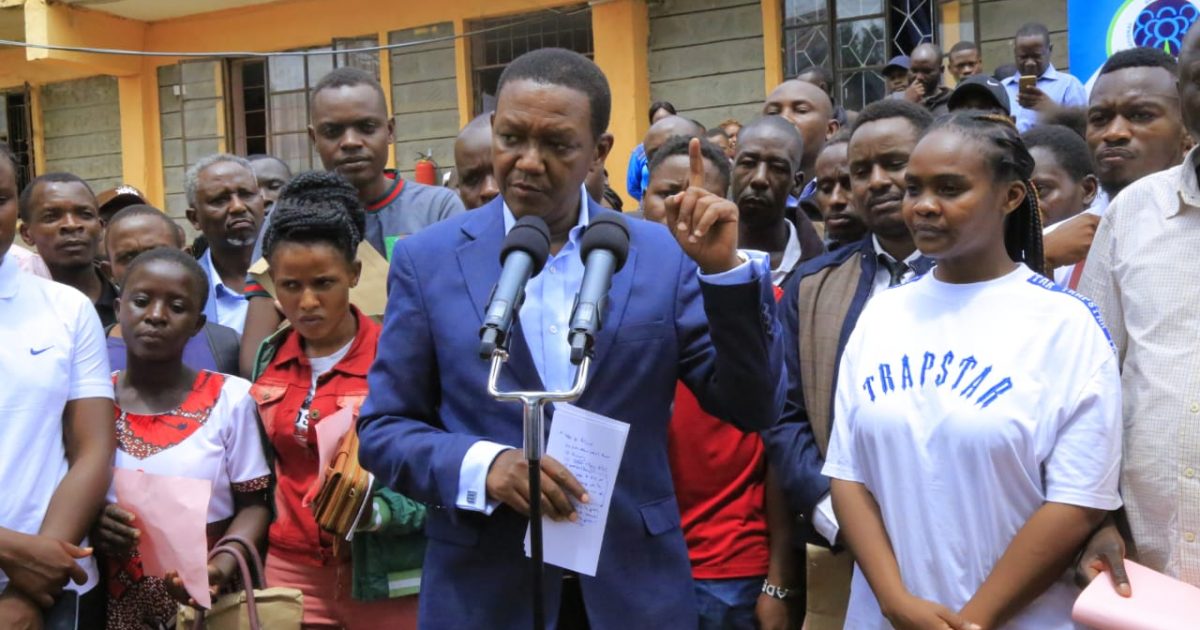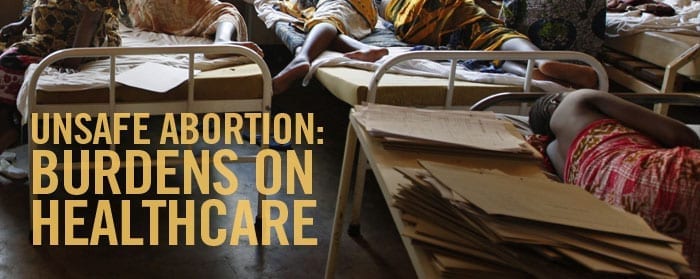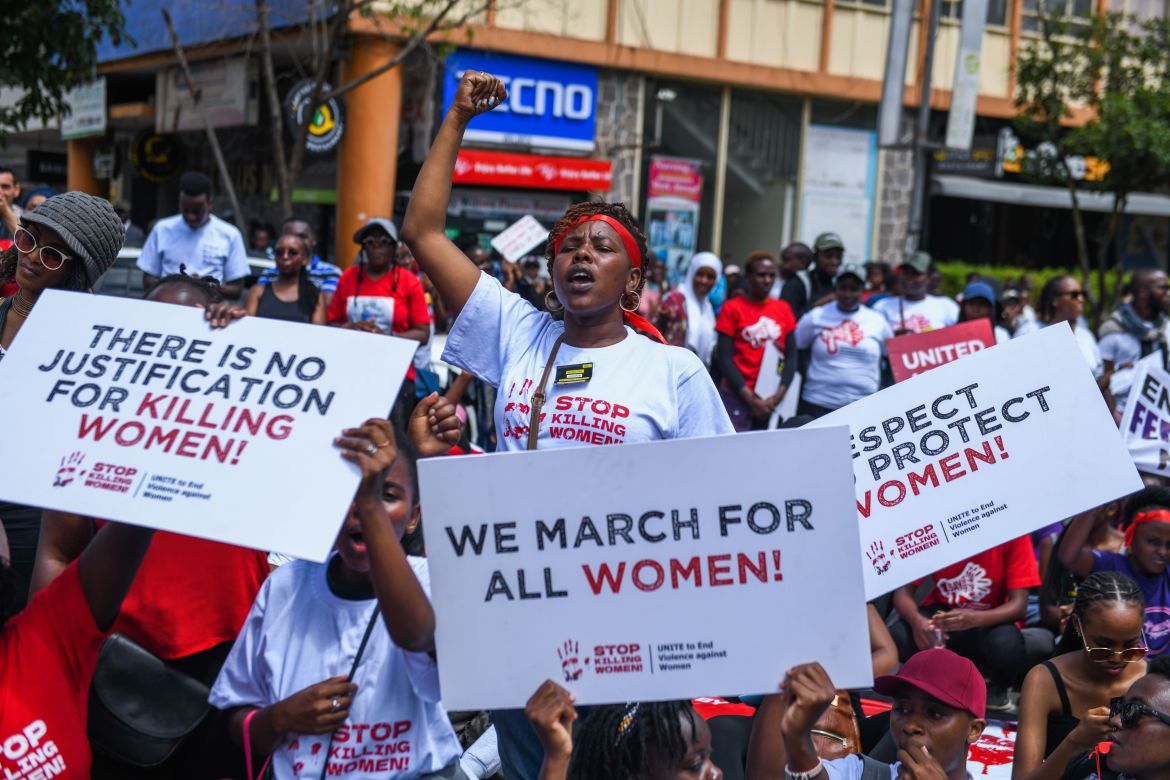Education for All: Bridging the Gap in a Post-Pandemic World
Education for All: Bridging the Gap in a Post-Pandemic World. Explore innovative solutions to bridge educational disparities widened by the COVID-19 pandemic. Discover success stories and ongoing challenges in ensuring all children have access to quality education, regardless of their socio-economic background.
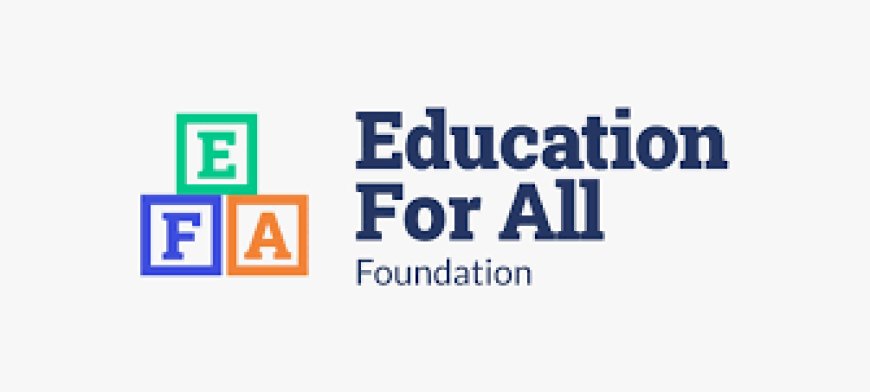
In the bustling streets of Nairobi, where the aroma of street food mingles with the sounds of daily life, a silent crisis is unfolding. The COVID-19 pandemic has not only disrupted lives but has also widened the educational disparities that many hoped were a thing of the past. As schools shuttered and learning moved online, the gap between the haves and the have-nots became glaringly evident. But amidst the challenges, innovative solutions are emerging, promising to bridge this gap and ensure that every child has access to quality education.
The Digital Divide: A Tale of Two Realities
Picture this: In a well-off neighborhood, young Kofi sits at his desk, a laptop in front of him, attending his virtual class. His internet connection is stable, and his parents are nearby to assist if needed. Meanwhile, in a rural village, Amina struggles to follow her lessons on a shared, outdated smartphone with a spotty internet connection. This stark contrast highlights the digital divide that the pandemic has exacerbated.
Innovative Solutions: Turning Challenges into Opportunities
Despite these challenges, communities and organizations worldwide are stepping up with innovative solutions. In Kenya, the government has partnered with tech companies to provide free internet access in underserved areas. This initiative, known as “Internet for Schools,” aims to ensure that students in remote regions can continue their education without interruption.
In India, the “DigiBunai” project is making waves. This initiative provides digital tablets preloaded with educational content to children in rural areas. The tablets are solar-powered, ensuring that even in areas with limited electricity, learning can continue. The project has not only improved access to education but has also sparked a love for learning among children who previously had limited educational resources.
Success Stories: Triumphs Against the Odds
One inspiring story comes from Brazil, where a community-driven initiative has transformed education in the favelas. Local volunteers, equipped with smartphones and a passion for teaching, have created makeshift classrooms in community centers. These “digital classrooms” have become a lifeline for many children, providing them with the education they deserve despite the pandemic’s challenges.
In Kenya, the story of 12-year-old Mwende is a testament to resilience and innovation. When her school closed, Mwende’s parents, who are farmers, couldn’t afford a laptop. However, through a community initiative, Mwende received a solar-powered tablet. Today, she not only attends her virtual classes but also helps her younger siblings with their studies. Mwende’s story is a beacon of hope, showing that with the right support, no child is left behind.
Ongoing Challenges: The Road Ahead
While these success stories are heartening, the road to educational equity is still fraught with challenges. Many children, especially those in conflict zones or extremely impoverished areas, remain out of school. Additionally, the quality of education varies significantly, with some students receiving a subpar education due to a lack of resources and trained teachers.
To address these challenges, a multi-faceted approach is needed. Governments must prioritize education in their recovery plans, ensuring that funding is directed towards the most vulnerable populations. International organizations and NGOs must continue to support grassroots initiatives, providing the necessary resources and training to local educators.
Conclusion: A Call to Action

The COVID-19 pandemic has highlighted the deep-seated inequalities in our education systems. However, it has also shown us the power of innovation and community spirit. By working together and embracing innovative solutions, we can bridge the educational gap and ensure that every child, regardless of their socio-economic background, has access to quality education. The future of our children depends on it, and the time to act is now.
What's Your Reaction?


















